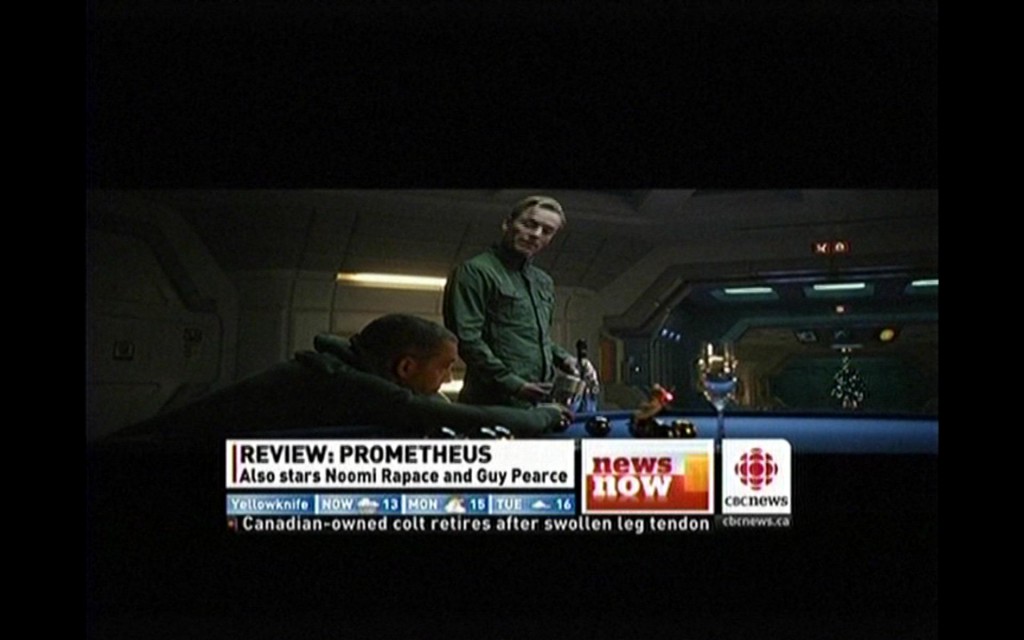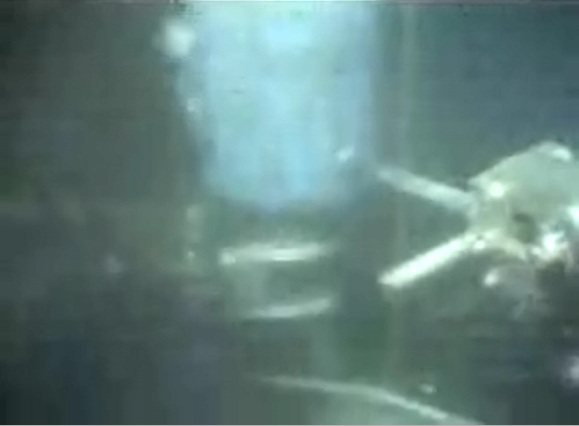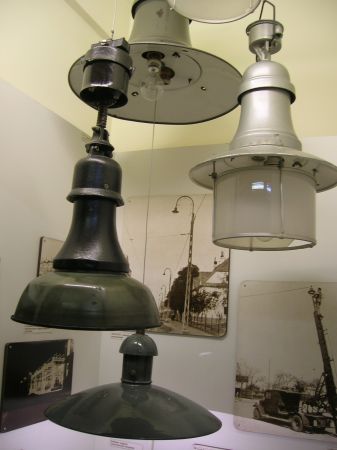Back in the 1950, movie studios switched to widescreen in order to arrest the loss of audiences due to the emergence of television. The intent was to create a format that was intentionally incompatible with the 4:3 aspect ratio of the television screen.
In the 1990s, various standards for high-definition television were proposed but they never caught on; I suspect that part of the reason was that regular television already provided a signal that was of sufficient quality for most viewers.
So, our masters and secret overlords reinvented the wheel: a new high-definition television standard emerged that not only increased the number of pixels you see, but also changed the width. Instead of 4:3, we now had a new standard with a 16:9 aspect ratio.
I don’t know if 16:9 is in any way “better” than 4:3. I suspect it isn’t, actually (you may think HDTV adds pixels on the left and the right but it’s equally valid to think that it’s taking pixels at the top and the bottom away) but it doesn’t matter. What matters is that in the minds of most people, “HDTV” has little to do with “definition” (i.e., pixel resolution) and a lot more to do with the wide aspect ratio. What they may not realize is just how badly we have been cheated.
Why? Well, take that nice shiny new HDTV that you just unpacked and hung on the wall, verifying that all 100% of its pixels work as they should:

So you turn that TV on and tune it to the first station, which happens to be an analog station (or perhaps a digital station sending a non-HDTV signal). Unless your TV has been factory set to “stretch” (and distort) the picture, chances are that you will see two wide black bars on both sides of the narrow picture:

Not too bad, perhaps, but what if that non-HDTV signal was actually originally an HDTV program? Happens more often than one might think, especially as a growing number of non-HDTV stations are just rebroadcasting an HDTV signal with horizontal bars at the top and bottom:

And that, unfortunately, is not the end of it. That original HDTV signal often contains clips that were shot in the 4:3 aspect ratio, which means… yes, more black bars:

And this is not an extreme case. It happens quite regularly. Here’s an example from CNN just a few minutes ago:

There is the set of horizontal bars at the top and bottom and, apart from the news ticker at the bottom, two sets of vertical black bars framing the picture. That shiny new HDTV with its 42″ full-HD screen is suddenly reduced to a 26″ diagonal visible area with the resolution (1080×810) of a decade-old laptop.
Progress is wonderful, I guess. The good thing is, you can all watch it in stereoscopic vision, I mean “3D”; so long as you don’t mind wearing goofy glasses, taking lots of Aspirin for that nasty headache, and not moving your head around too much, lest the lack of parallax destroy the illusion.














